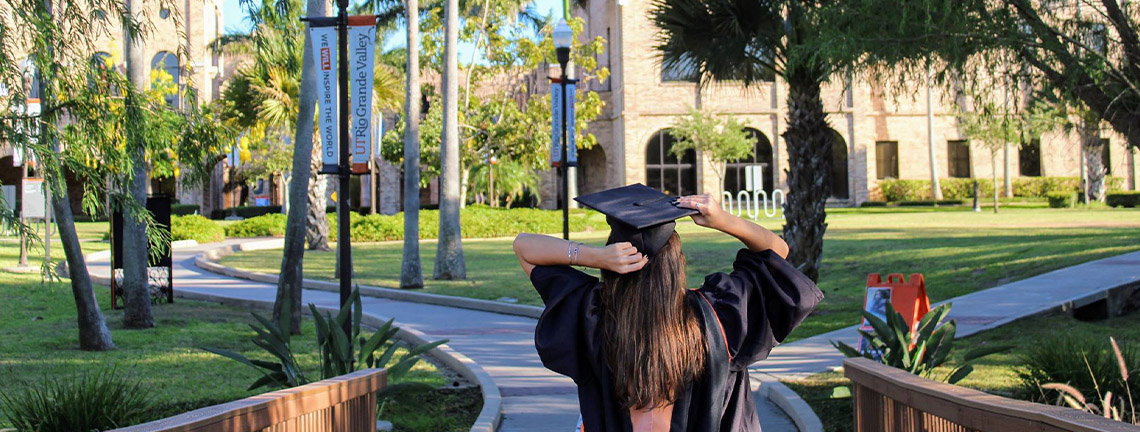
Theses and Dissertations
Date of Award
12-1-2024
Document Type
Thesis
Degree Name
Master of Science (MS)
Department
Chemistry
First Advisor
Tülay A. Ateşin
Second Advisor
William D. Jones
Third Advisor
Erik Plata
Abstract
Carbon–carbon (C–C) bond activation has gained increased attention as a direct method for the synthesis of pharmaceuticals and industrial chemistry. Due to the thermodynamic stability and kinetic inaccessibility of the C–C bonds, however, activation of C–C bonds by homogeneous transition-metal catalysts under mild homogeneous conditions is still a challenge. Most of the systems in which the activation occurs either have aromatization or relief of ring strain as the primary driving force. The activation of unstrained C–C bonds of phosphaalkynes does not have this advantage. This study employs Density Functional Theory (DFT) calculations using the Gaussian16 package to elucidate and compare Pt(0) and Ni(0) mediated C–CP reductive coupling in phosphaalkynes and C—CN in benzonitriles. Additionally, machine learning techniques, including linear regression and linear ridge algorithms, provide a stronger foundation for understanding how substituents in the ortho, meta, and para positions influence Gibbs free energy changes. These models help chemists identify correlations that may not seem readily apparent or linear, revealing that while meta and para positions exhibit strong correlations, the ortho position presents distinct electronic and steric effects.
Recommended Citation
Escobar, R. M. (2024). Density Functional Theory and Machine Learning Analysis of C—C Reductive Coupling From Terminal Cyanido and Cyaphido Complexes [Master's thesis, The University of Texas Rio Grande Valley]. ScholarWorks @ UTRGV. https://scholarworks.utrgv.edu/etd/1636


Comments
Copyright 2024 Roberto Magdiel Escobar. https://proquest.com/docview/3153514212